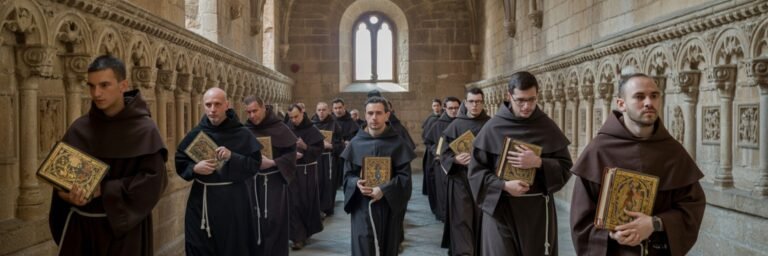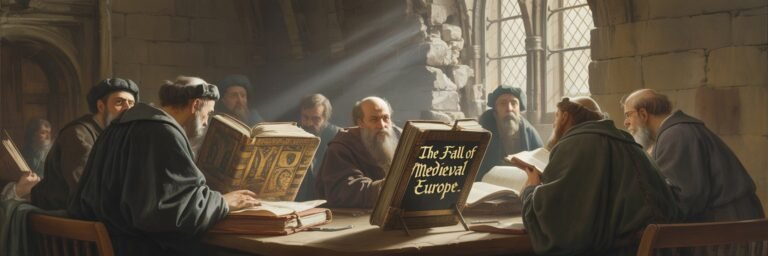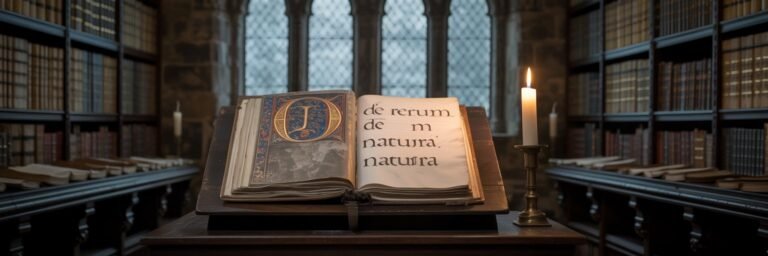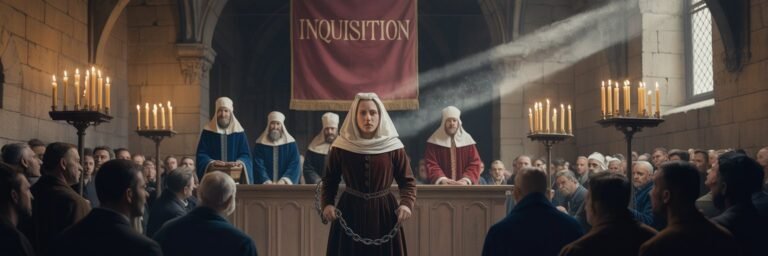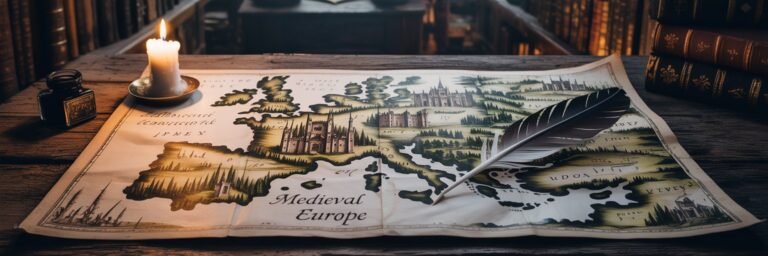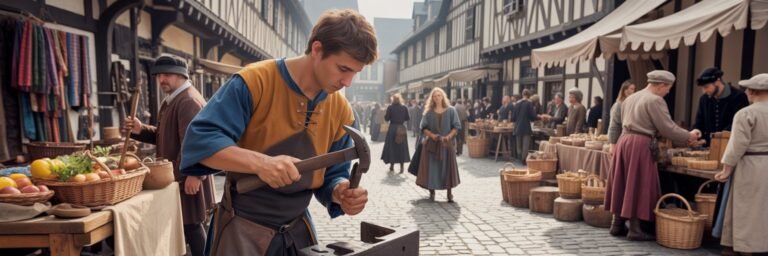INTRODUCTION
The period ranging from the 5th to the 15th centuries, commonly referred to as the Middle Ages or medieval period, was a time of dramatic transformation in European history. The ‘Dark Ages’, as it was once notoriously known, was anything but dark, unfolding a fascinating tapestry of historical data punctuated by societal progressions, startling conflicts, and surprising facts that often rebuke pervasive stereotypes. It is time to embark on a journey back in time, through the winding alleys of a convoluted era, whose secrets still reverberate in today’s world.
HISTORICAL BACKGROUND
The end of the Western Roman Empire in AD 476 heralded the onset of the medieval period. It was a time of unruly invasions, shifting kingdoms, and the subsequent emergence of a feudal system. However, beneath the overarching turmoil, the era nurtured vital socio-political institutions, innovations in science and technology, and blossoming art and culture. Distorted by the mist of period stereotypes, such as the misconception of medieval Europeans believing the earth to be flat, these surprising strides of progress have largely escaped mainstream narratives which often label the period as a ‘dark’ epoch of regression.
THEORIES AND INTERPRETATIONS
Many misconceptions about Medieval Europe originated from post-medieval scholars. In an attempt to glorify their age of Renaissance, they, led by historian Francesco Petrarca, painted a grim image of the Middle Ages as a time of darkness and ignorance. However, modern scholarship offers a more nuanced perspective.
One example is the theory suggested by historian Charles Homer Haskins, who identified that a ‘renaissance’ occurred within the Middle Ages itself, particularly in the 12th century. Haskins argued that this ‘Twelfth Century Renaissance’ saw burgeoning movements in education, literature, and art that rivaled those of the later Renaissance.
Lesser-known facts about the often negatively stereotyped Vikings are also subject to reinterpretation. For instance, despite their ruthless reputation, Vikings were among Europe’s best tradespeople and navigators, with routes extending from North America to Asia.
MYSTERIES AND CONTROVERSIES
Medieval Europe, like many historical periods, was not without its share of controversies and mysteries. Among these is the enigma of the legendary King Arthur. The controversy surrounding his existence has been a matter of scholarly debate for centuries. Some believe he was a Roman military leader who defended Britain against invading Saxon armies around the 5th and 6th centuries, while numerous other theories present him as a mythical figure, the product of poetic creativity.
Another debate revolves around the cup of Christ, the Holy Grail, believed to possess healing powers. While some argue that the Grail never existed beyond metaphorical representation, others insist it’s a tangible relic, fueling countless quests throughout history.
SYMBOLISM AND CULTURAL SIGNIFICANCE
One cannot discuss medieval Europe without exploring the impact of Christianity. Christianity’s messages, symbols, and rituals defined the era’s cultural beliefs. The medieval mindset perceived the world through a symbolic lens alien to our modern rational view. Every tree, bird, or spring well held a spiritual meaning.
But beyond religion, the Middle Ages introduced courtly love and chivalry, the influence of which can be found in modern literary conventions. Additionally, the period manifested the first European universities, laying the edifice of systematic learning still prevalent today.
MODERN INVESTIGATIONS
Modern archaeologists and historians continue intertwining science and the study of past societies to unravel more about Medieval Europe. Recent archaeological findings, such as those in Glastonbury Abbey, have prompted fresh discourse on King Arthur’s existence. In another modern breakthrough, examination of medieval skeletons discovered signs of cancer, challenging the commonly believed idea that cancer is a modern disease.
Moreover, the application of genetics and dendrochronology has provided vital clues about ethnic transformations and climatic changes during this period, leading to a more comprehensive understanding of the environment that shaped Medieval Europe and its population.
LEGACY AND CONCLUSION
The legacy of Medieval Europe is far-reaching and profound. Its institution-building, especially of universities and parliamentary bodies, have persisted till present times. The romantic idealism of chivalry continues to influence our collective conscience, finding its room in modern literature and cinema.
The innovations in science and technology, often overlooked, such as the mechanical clock, eyeglasses, and printing press, changed the course of human history. More notably, the Catholic Church’s dominance led to the formation of what we now perceive as Western Christianity. The Crusades, despite their bloodshed, opened networks of trade and communication between the West and the East, fundamentally altering the relationship between these worlds.
In conclusion, the Medieval era is an intricate tapestry of history, interwoven with surprising facts and misconceptions, shrouded in myths and symbolism. It endures, not as an epoch of darkness, as once perceived, but as a contrastingly colorful span in history that continues to surprise, challenge, and enthuse historians, archaeologists, and amateur enthusiasts around the world. By investigating and re-examining the Medieval era, we not only foster a more nuanced understanding of our past but construct a clearer lens to view and contemplate our present and future.

